Yes, being an international pilot can absolutely be worth it. From competitive salaries to unmatched global experiences, this career path offers both personal and professional rewards. However, it also requires a serious commitment to training, flexibility with lifestyle, and a passion for aviation.
If you’re considering stepping into the cockpit and flying across international skies, it’s important to understand the realities behind the role. We’ll explore the training requirements, lifestyle, salary expectations, and key considerations to help you decide if this high-flying profession is right for you.
The Cost and Value of Training
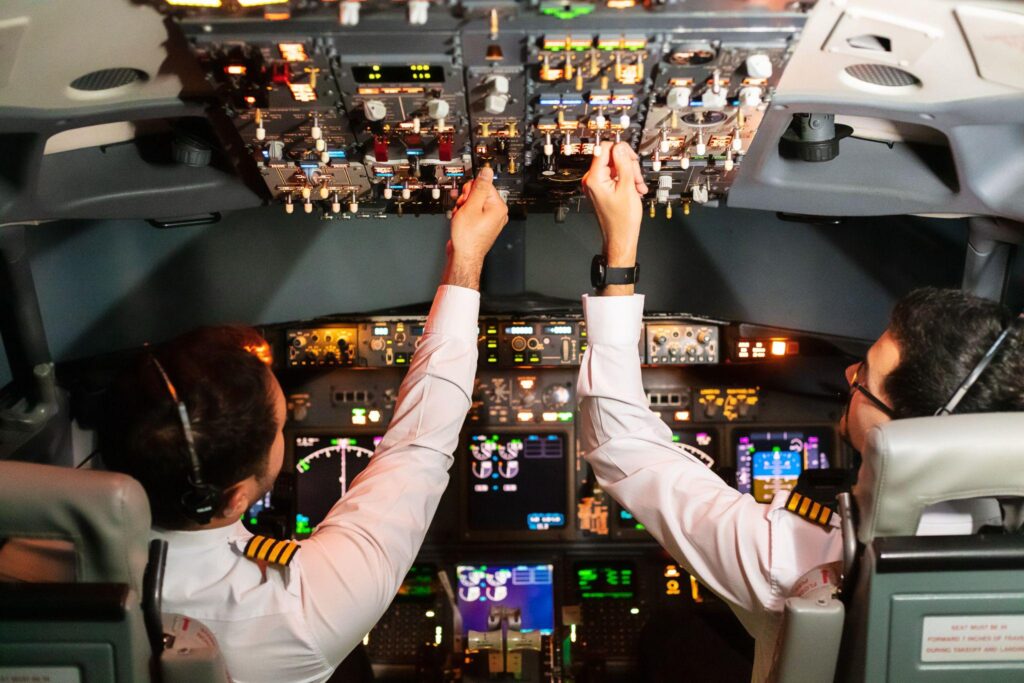
Becoming an international pilot is a major investment, both financially and in terms of time. Getting your Private Pilot License (PPL) can cost between $15,000 and $20,000, a Commercial Pilot License (CPL) can cost $55,000 to $100,000, and eventually your Airline Transport Pilot License (ATPL) averages $5,000.1
While some international airline pilot salaries can be as low as $49,500 or as high as $201,000 annually, most international pilots in the United States earn between $100,000 and $155,000. Top earners make around $175,000 per year.2
Combined with international pilot benefits such as travel perks, health care, and retirement plans, the return on investment can be very rewarding. It’s also important to consider long-term financial progression. While it may take several years to reach the international ranks, the investment in pilot training can yield significant career-long financial rewards.
What It’s Like to Live the International Pilot Lifestyle
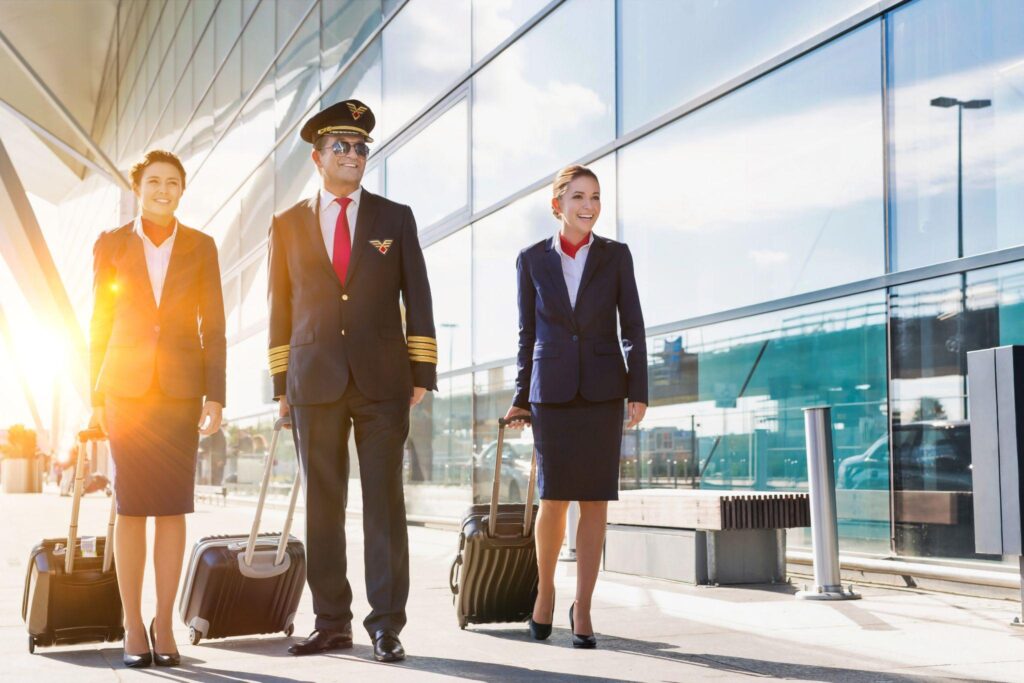
Flying internationally offers unmatched travel opportunities like layovers in Paris, Tokyo, São Paulo, and beyond. It’s a lifestyle of adventure, cultural exploration, and dynamic experiences. This international pilot lifestyle is a key attraction to many who dream of seeing the world.
However, this career path also includes long periods away from home. International pilots often spend 10 to 15 days away from home each month. Managing time zones, battling jet lag, and sleeping in different hotel rooms are all regular parts of the job.
Still, many pilots embrace these unique experiences. The extended off-days between flights offer time to relax or travel with family and friends. The job also brings the excitement of meeting people from all walks of life and experiencing global cultures first-hand.
Exploring the Aviation Career Path to International Flying

If you’re wondering how to be an international pilot, it typically begins with regional experience. Many pilots start out as flight instructors or fly for regional carriers to build up the necessary flight hours.
To become an international pilot, you must log significant flight hours, gain advanced certifications, and eventually apply to international airlines. Career progression in the aviation industry is often based on seniority and experience, and opportunities for growth continue to expand with the global demand for air travel.
Airlines are actively hiring and promoting pilots into international roles. For those who commit to the training and meet qualifications, the path to a global flying career is more accessible than ever.
Managing Stress and Staying Healthy as a Pilot
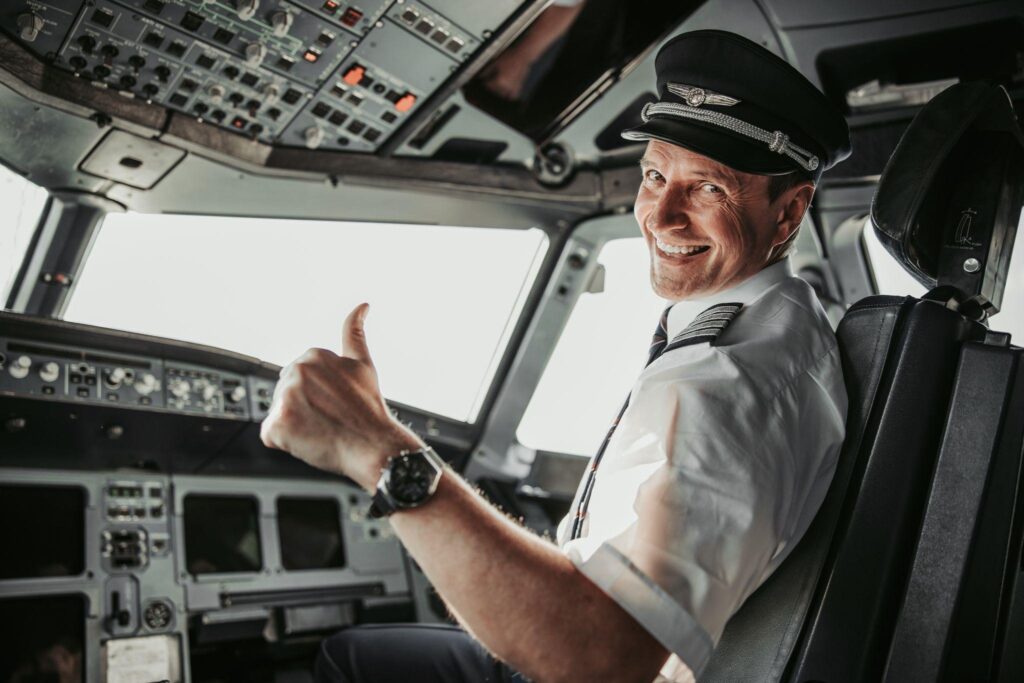
There are challenges that come with an international aviation career. Jet lag, fatigue, and irregular sleeping patterns are part of daily life. Adapting to different time zones and spending extended hours in a cockpit can be physically and mentally demanding.
That’s why maintaining good health is essential. The aviation industry places a high priority on fitness, and international pilots are required to pass regular medical exams. Additionally, many airlines provide mental health support, wellness programs, and peer networks to help pilots manage the stresses of the job. Despite the challenges, many pilots find the career deeply rewarding.
Key Considerations Before Becoming an International Pilot
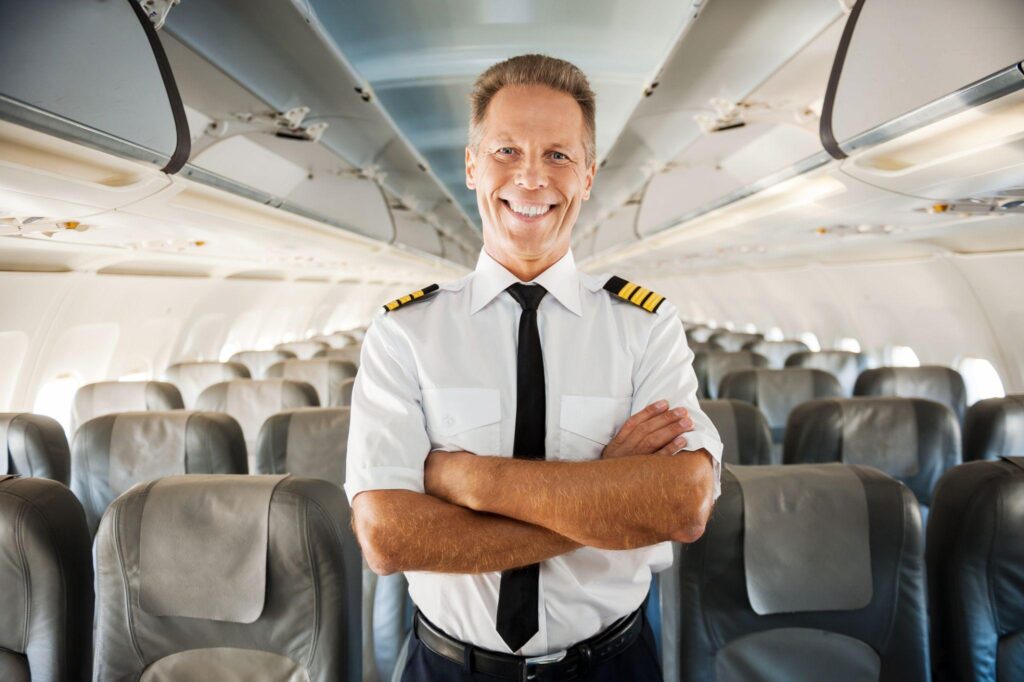
If you’re asking yourself, “Should I be an international pilot?”, it’s helpful to reflect on a few important considerations. This career is rewarding, but it’s important to know what you’re committing to so you can prepare for success. Ask yourself:
- Are you prepared for long hours and time away from home?
- Can you manage the cost and intensity of flight training?
- Do you see yourself thriving in a structured, seniority-based career path?
- Are you passionate about global travel and cultural diversity?
- Will you maintain the physical and mental fitness the job requires?
If you answered yes, this career may be the perfect fit for your aviation goals.
FAQs
How long do international pilots work?
Most pilots fly until the FAA retirement age of 65. Many enjoy careers that span 30 to 40 years, especially if they transition into instructing or airline management later in life.
How do you move from domestic to international routes?
This typically involves gaining seniority, building experience, and qualifying on long-haul aircraft. Additional training and certifications may be required, depending on the airline.
Can international pilots choose their destinations?
In most cases, destinations are assigned based on airline needs and pilot seniority. More experienced pilots often have the flexibility to bid for preferred routes.
What retirement benefits do international pilots receive?
Most major airlines offer retirement plans, health care coverage, and other long-term benefits. These vary by employer and country.
How often are international pilots away from home?
Pilots can be away from home for up to 10–15 days per month, depending on their schedule and assigned routes.
Launch Your International Aviation Career with Kingsky Flight Academy
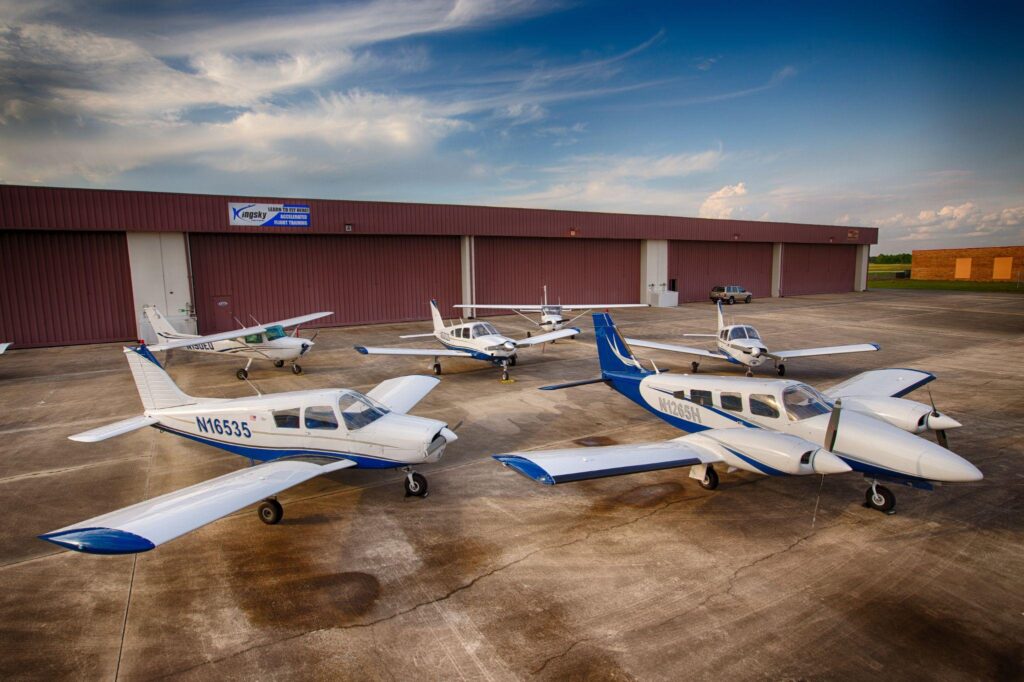
At Kingsky Flight Academy, we launch aviation careers. Our pilot training programs are FAA-approved and designed to prepare students for both domestic and international success.
Whether you’re just starting or ready to elevate your aviation career, we’ll help you become an international pilot through structured, hands-on training and mentorship from experienced airline pilots.
Ready to take flight? Enroll today and begin your journey to become an international pilot.
Sources:
- Indeed. How Much Does It Cost To Get a Pilot’s License? A Guide.
- ZipRecruiter. International Pilot Salary.
